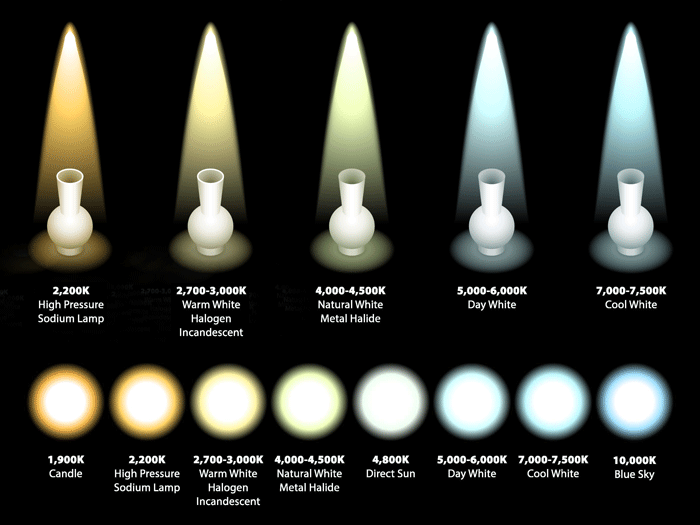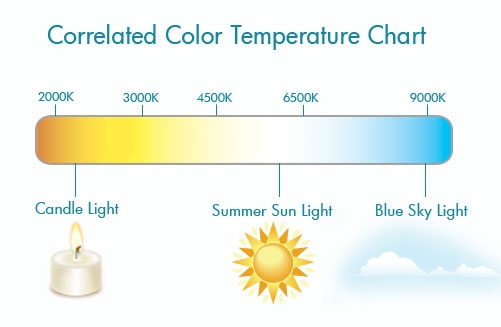Color Temperature and Its Importance
Time:2015-08-25 Views:4469 Compile:SUNPER
What is color temperature?
Have you ever asked yourself what is the color temperature? Well, the color temperature of any light source is basically the temperature of the black body radiator measured in Kelvin commonly abbreviated as K. It radiates the light of the hue which is similar to the one produced by the light source. However, this is the common definition of color temperature. It might be somehow confusing to people who are not familiar with the physics used behind the light. Therefore, a simpler explanation of the color temperature could be more appropriate.
During the time when the first developments in the lighting technology occurred, there was only one way of producing light. It was only through heating an object. The object was heated either by passing the current through an electric wire or through by other means. When an object was being heated, it first became red hot if heating continued it became white hot thereby producing light.
The temperature of a red hot object is usually close to 600 degrees centigrade while that of a white hot object is normally 700 degrees or even more. There is a very big difference between the two temperatures of the red hot object and white hot object. It is worth noting that at lower temperatures, nearly all the energy is converted to heat. In contrast to this, at higher temperature, there is a better production of light. Therefore, the energy obtained from the sun comprises of 40 percent light and 60 percent heat. In terms of a light bulb, it is very different since it emits 10 percent energy only while the remaining 90 percent is emitted as heat.
The importance of color temperature.
Color temperature is typically very essential when it comes to desktop and photography publishing. However, any differences in color temperature may lead to variations in the color rendering.

In both offices and homes, color temperature of the lights is very crucial. This is because the different colors of light normally have different psychological impacts which are designated either cool or warm. In contrast to this, the so called warm lights usually have a lower color temperature while the cool lights normally have higher burning fires. The incandescent bulbs are yellowish in color. Many people accept that yellowish light is inviting and warm. This is due to the fact that the human mind has been conditioned for a very long time about social evolution and thus one has just to accept it. On the other hand, the day light is associated with efficiency and cleanliness just like in hospitals. It also depends on the cultural as well as regional backgrounds because people from the countries near to the equator prefer cold white hot light sources than the warm white lights.
Lastly, the choice of the light color temperature is normally governed by what you wish to create in any area. Lights of the different color temperature are described by their similarity or with the typical adjectives. There is a table specifically made to help you select the right lamp for your needs and thus you should use it.
The most common color temperature
Warm white: 2700K - 3300K
Natural White: 4000K - 4500K
Cold White: 5500K - 6500K
Color temperature chart

Related Reading:
■ The Color Rendering Index CRI
User comments
Your current input 0 characters(Reply for at least 6 characters)。
Online Services

Mobile: +86 18938902515 (Mr.Allen)
Tel:+86 755 23159099
Fax:+86 755 61673151
E-mail: sales@sunper.net
zip code: 518108











